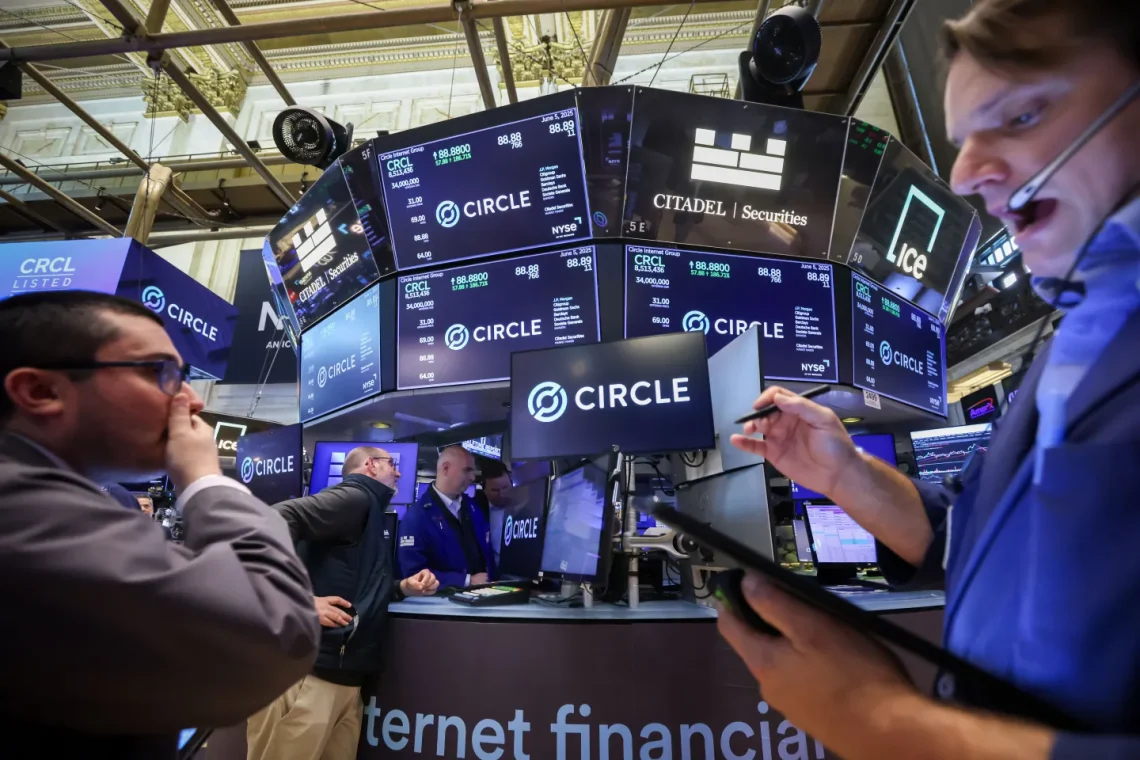The global stablecoin market just got a major confidence boost. Following Circle’s explosive IPO, major tech firms including Apple, X (formerly Twitter), Airbnb, and Google are now exploring stablecoin integration as a means to streamline payments and reduce transaction fees.
Circle’s IPO Lights the Spark
Circle’s debut on the New York Stock Exchange on June 5 was a massive success, with the stock jumping over 40% on its first day. This strong performance has intensified industry interest in stablecoin adoption, especially among payment-heavy platforms.
Tech Giants in the Stablecoin Race
- Apple reportedly began private discussions earlier this year to explore stablecoin functionality within Apple Pay, seeking to improve international payment efficiency and reduce dependency on traditional networks like Visa and Mastercard.
- X (Twitter), led by Elon Musk, is working on crypto-based payment solutions through its “X Money” division. The company is said to be in talks with payment providers such as Stripe to evaluate stablecoin settlement options.
- Airbnb has been negotiating with Worldpay to potentially integrate stablecoin-based settlement, aiming to bypass high credit card processing fees for hosts and travelers globally.
- Google Cloud is already ahead, with some clients successfully processing payments using PayPal’s PYUSD stablecoin. Google’s Web3 strategy head Rich Widmann described this as “the biggest upgrade to payment rails since SWIFT.”
The Numbers: Why It Matters
According to industry data, stablecoins facilitated $27.6 trillion in transaction volume in 2024 — more than Visa and Mastercard combined. The total stablecoin market cap has grown nearly 90% year-over-year, reaching $249 billion in 2025.
The shift isn’t just driven by cost-cutting. Regulatory developments, particularly the proposed GENIUS Act in the U.S., are providing the legal clarity major firms need before fully adopting blockchain-based payment rails.
What’s Next?
If Apple, X, Airbnb, and Google move forward with stablecoin integration, it could mark a major turning point in global fintech. Reduced settlement costs, faster cross-border payments, and greater financial interoperability are just the beginning. This could reshape how consumers and businesses interact financially—on-chain and in real time.















Discussion about this post